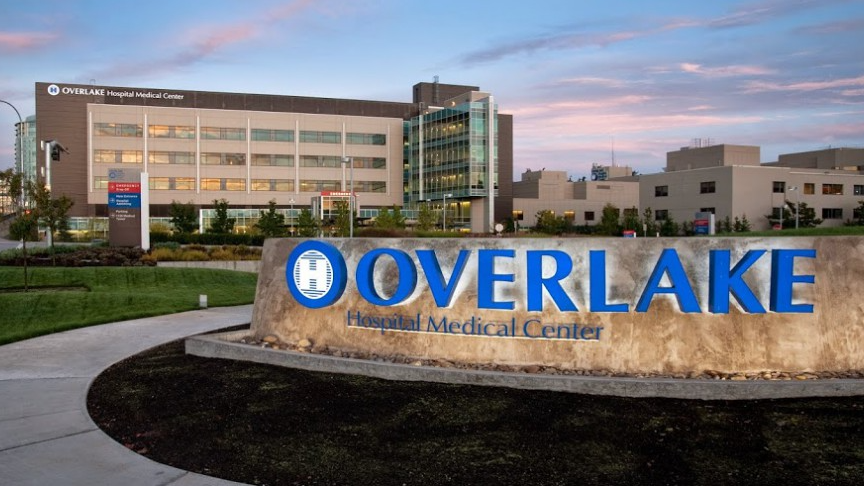Hourly employees have been using time clocks for over a century. Time Equipment Company sold its first time clock in Seattle in 1928. Even though time clocks have changed from manual to electronic to biometric, and even to hand-held devices, the reason why companies use them remains the same. Here are six reasons why time clocks are still relevant today.
1. Reduced Errors
Every time a human enters information into a system, there is an opportunity for error. The American Payroll Association estimates that errors in the manual calculation of labor cost businesses up to 7% of their payroll costs. This high error rate is why most time clocks today feed the data to a time and attendance application. Accuracy is vital for both the employee and employer. In addition, calculating time can be challenging, particularly when dealing with minutes instead of decimals. Add in lunches and breaks, and one can see why using a time clock is easily justified simply by eliminating calculation errors.
2. Minimizes Fraud
Modern time clocks significantly reduce time theft, known as ‘buddy punching’. Buddy punching occurs when one employee asks another employee to clock in on their behalf. Having a rack of paper time cards or badges next to the time clock made this practice easy. For example, one person would call a fellow employee and say, “I am on my way. Can you clock me in?” Modern time clocks require either a Personal Identification Number (PIN) or a form of biometric, like a fingerprint, hand scan, or facial recognition device, to authenticate their punch.
3. Attendance Issues
Time clocks have always shown when an employee starts and ends work. However, when integrated with scheduling software in a time and attendance system, managers quickly receive information on tardiness and absenteeism. In 2021, the U.S. Department of Labor (DOL) estimated that over 3 percent of an employer’s workforce was absent on any given day. Knowing these employees are absent is vital to keep operations going. For example, a school district needs to know immediately if a driver does not show up for a shift so a replacement can be found. Children are out in the cold morning at the bus stop waiting to go to school. Modern systems can also see patterns in attendance that notify managers of instances outside of company policy.
4. Tracking Labor Costs
Using Excel spreadsheets or paper to track time is a hassle when calculating labor costs. At best, these methods provide a lagging indicator of labor, meaning they show you what has already happened. Unfortunately, there is nothing you can do about it at that point. Modern time clocks show you when overtime occurs, but when used with a schedule, they can predict when a person will go into overtime before it happens, allowing time to adjust and prevent the higher wages. These leading indicators enable a manager to look forward rather than backward and react.
5. Increased Compliance
The Fair Labor Standards Act (FLSA) requires employees must be paid time and a half for hours worked over 40 hours, even when the work is not authorized. Department of Labor investigations in 2021 found, on average, $1,211.70 per employee was owed back wages because of an error in calculating employees’ time. In addition, other state and municipal guidelines may add to this complexity, such as tracking sick leave, rest time between shifts, and any number of union requirements. Combining a time clock with a modern time and attendance system automates these calculations, keeping employers compliant and shielded from expensive audits.
6. Storage of Information
FLSA requires businesses to keep accurate records of employee work hours, and it needs to be readily available for government inspection for at least two years. Other jurisdictions may require a more extended storage period. Using a modern time and attendance system with integrated time clocks allows easy storage and access to these records.
How can we help?
Time Equipment Company offers automated time clocks for every need. With our advanced time and attendance software, managers can see labor costs and address attendance issues in real-time. Additionally, the system provides leading indicators of overtime and staffing issues before they occur. These efficiencies result in reduced costs and more satisfied employees.
For more information about various time clocks, including our facial recognition scanner, contact Time Equipment Company at 800-997-8463 or sales@timeequipment.com.










